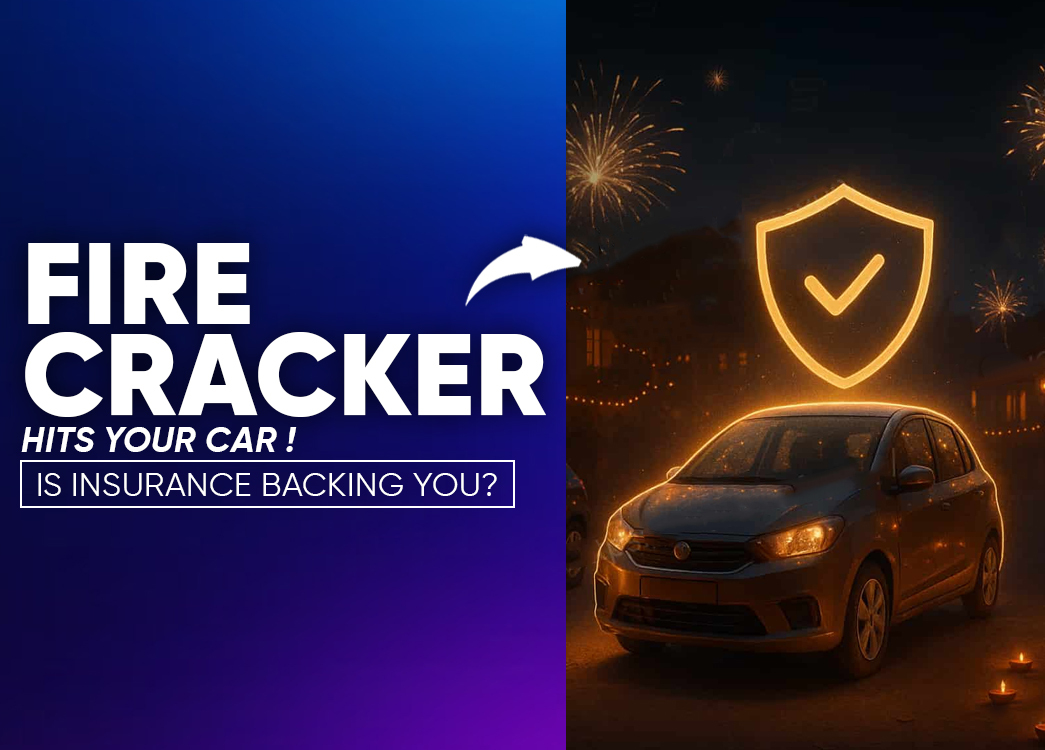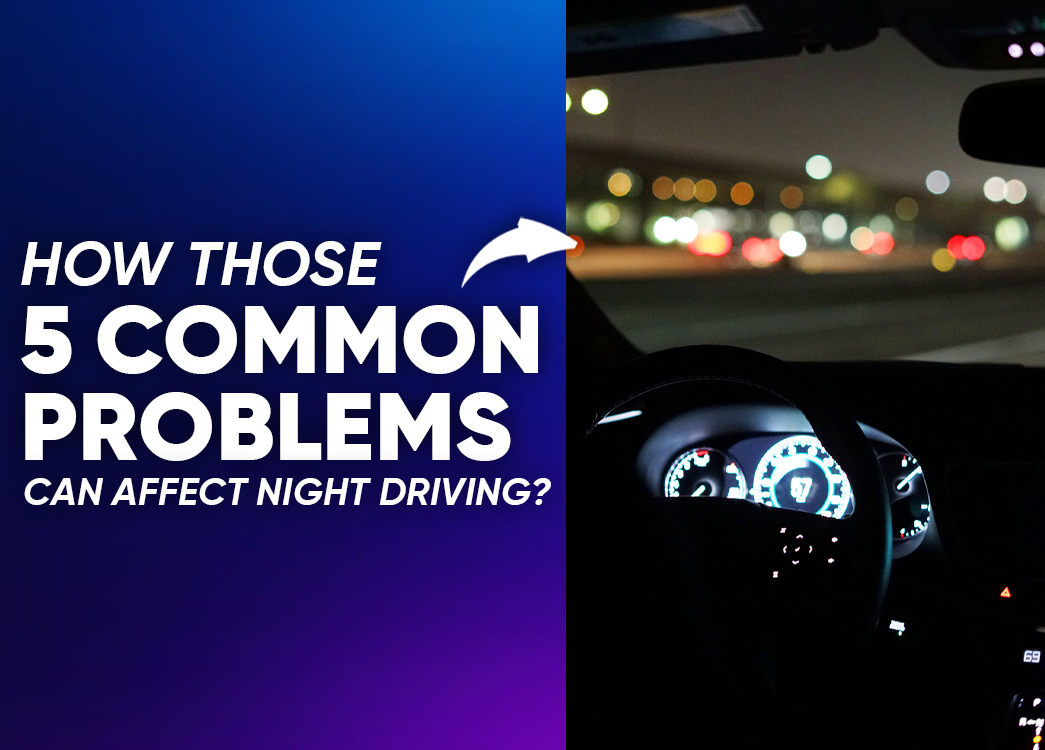
By creckk On 13-09-2025 at 11:35 am
5 Most Common Problems of Driving at Night in India & How to Stay Safe on the Roads
The Story of Night Driving in India
Imagine this you’ve packed your bags, fueled up your car, and set out on a long journey. The highway feels calm, traffic is light, and the cool night breeze makes driving feel effortless. But just when you think you’re cruising smoothly, fatigue kicks in, headlights from oncoming vehicles blind your vision, and suddenly the road isn’t as safe as it seemed.
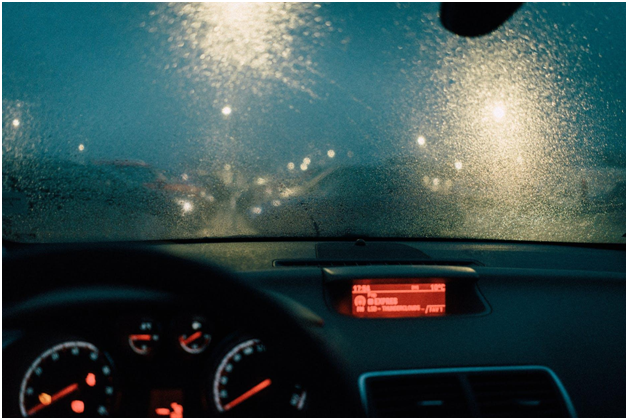
This is the reality for many drivers in India. While night travel often feels convenient, it brings with it hidden dangers that can make your journey risky. Let’s uncover the 5 most common problems of driving at night and how you can tackle them.
1. Fatigue While Driving at Night
Our body is naturally programmed to rest when night falls. If you start a late-night drive after a long day at work, fatigue can hit hard. Sleepiness slows reaction times, reduces focus, and increases the risk of accidents.
How to Counter Fatigue:
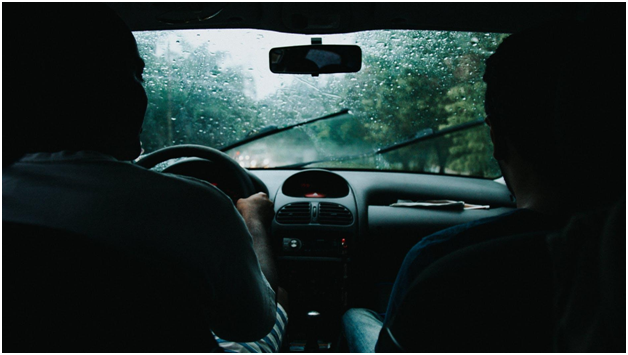
- Start your journey early: Begin your trip during daylight so your eyes and body gradually adjust to the night.
- Get enough rest: Take a nap before leaving to stay alert during the drive.
- Avoid overexertion: Never drive if you’ve been awake for more than 16 hours.
2. Poor Visibility on Indian Roads at Night
Not all roads in India are well lit. Many stretches force drivers to depend solely on headlights. To make matters worse, oncoming vehicles often use high beams, which cause glare and reduce visibility drastically.
How to Improve Visibility:
- Avoid looking directly into the headlights of oncoming cars.
- Focus on lane markings or the road ahead to stay steady.
- Keep your windshield, mirrors, and headlights clean to reduce light scattering.
3. Driving at High Speed During Night
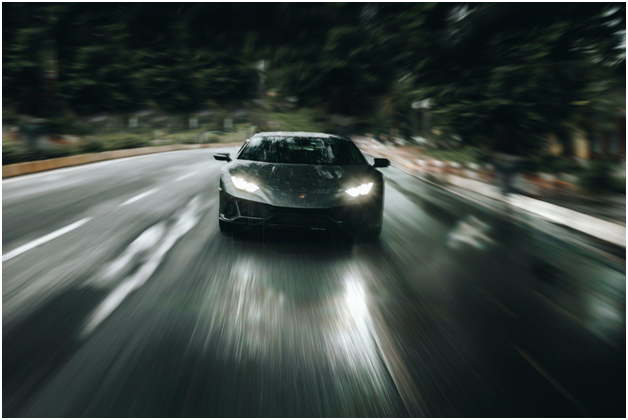
Night driving combined with high speed is a dangerous mix. Reduced visibility shortens reaction times. Imagine an animal suddenly crossing the road at night braking in time becomes nearly impossible.
Why Speeding is Risky:
- Lower visibility means hazards are spotted late.
- Shorter reaction times increase accident risk.
- Dark, poorly lit roads require slower speeds for safety.
4. Road Conditions and Types of Roads at Night
Different roads feel different at night. Winter nights make roads slippery, increasing the chances of losing control. Two-lane highways are another nightmare oncoming vehicles with high beams can blind you, making it difficult to see clearly.
How to Manage Road Conditions:
- Avoid driving on slippery roads during winter nights if possible.
- Choose safer, well-lit routes over dark two-lane highways.
- Plan your trip with alternate routes in case of weather changes.
5. Bad or Improper Lighting of Vehicles
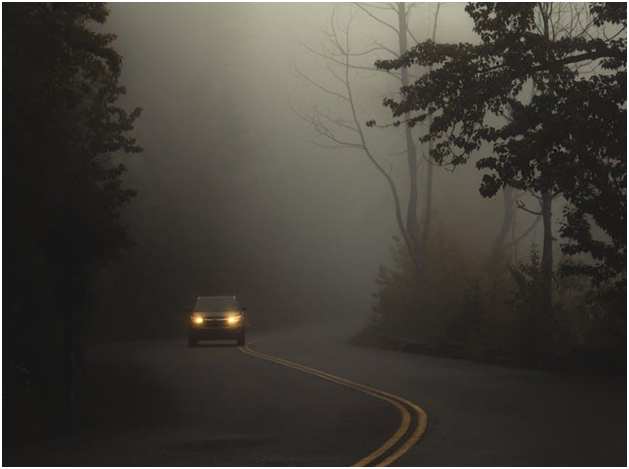
One of the most overlooked problems is faulty lighting. Weak or damaged headlights, taillights, or indicators can make you nearly invisible on the road. Inside the car, improper lighting can also interfere with visibility.
Lighting Tips for Night Driving:
- Check headlights, taillights, and indicators before starting your trip.
- Use low-brightness interior lights to avoid glare while keeping controls visible.
- Ensure your dashcam has a clear, glare-free view for recording nighttime drives.
Final Words: Should You Drive at Night in India?
Night driving might save time, but it comes with real risks. Fatigue, poor visibility, speeding dangers, slippery roads, and bad lighting all add up. If driving at night is unavoidable, prepare wisely rest well, check your car’s lighting, keep speeds moderate, and choose safer routes. Remember, your safety is more valuable than saving a few hours on the road.
FAQs:
Is it safe to drive long distances at night in India?
It can be risky due to poor visibility, fatigue, and unpredictable road conditions. If possible, avoid night drives. If unavoidable, take precautions like resting beforehand and keeping headlights clean.
How can I stay awake while driving at night?
Take a nap before your trip, start early, keep the car ventilated, and take short breaks. Never drive if you’ve been awake for 16+ hours.
What should I do if I face glare from oncoming headlights?
Don’t look directly at the headlights. Instead, focus on lane markings or the road ahead. Keeping your windshield clean also reduces glare.
Why is driving fast at night dangerous?
Reduced visibility and shorter reaction time make it harder to avoid sudden obstacles, like animals or potholes. Always keep your speed moderate at night.
How important is vehicle lighting for night driving?
Extremely important. Faulty headlights, taillights, or indicators can make you invisible on dark roads. Always check and maintain lighting systems before night travel.
Related posts





